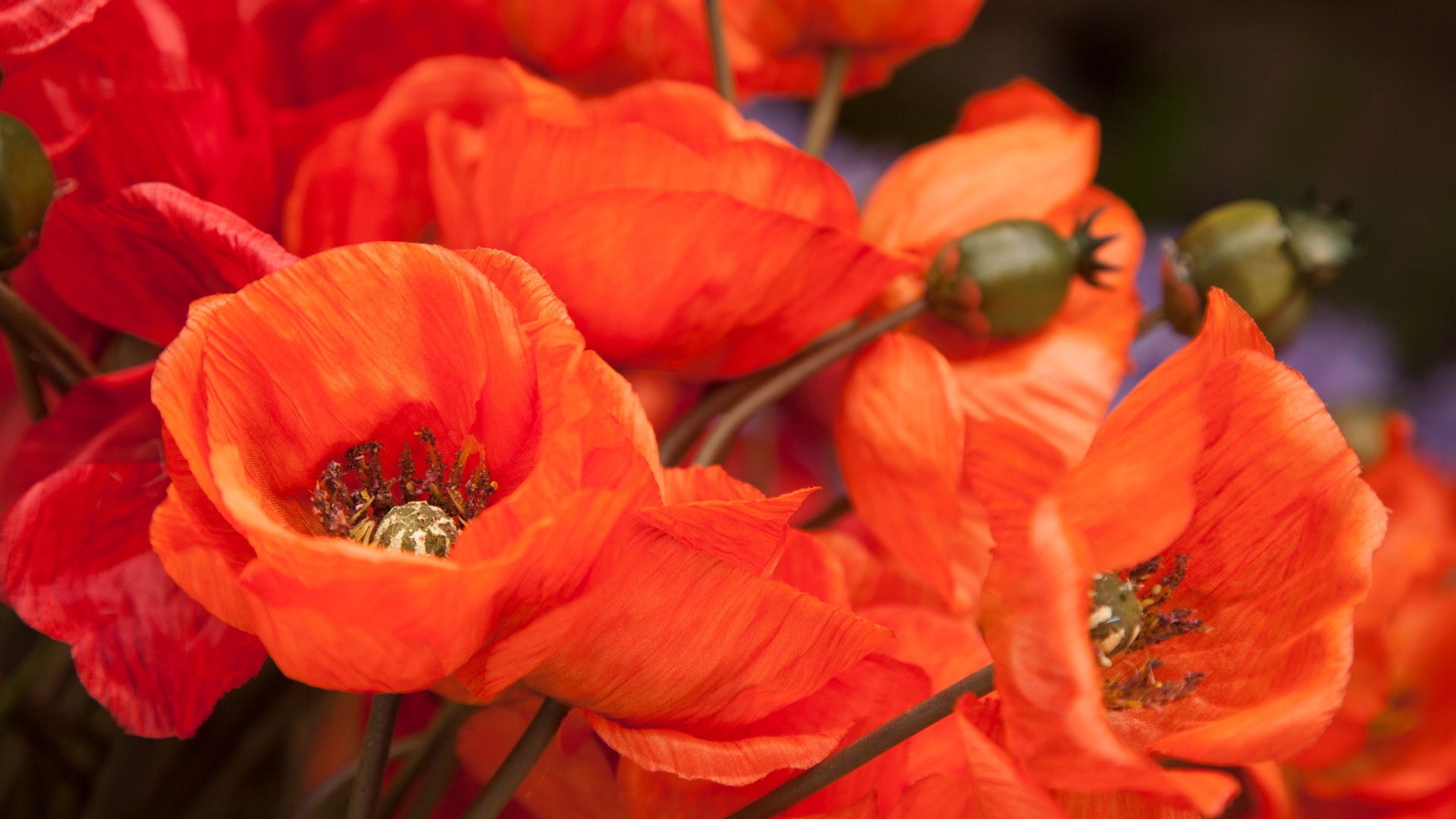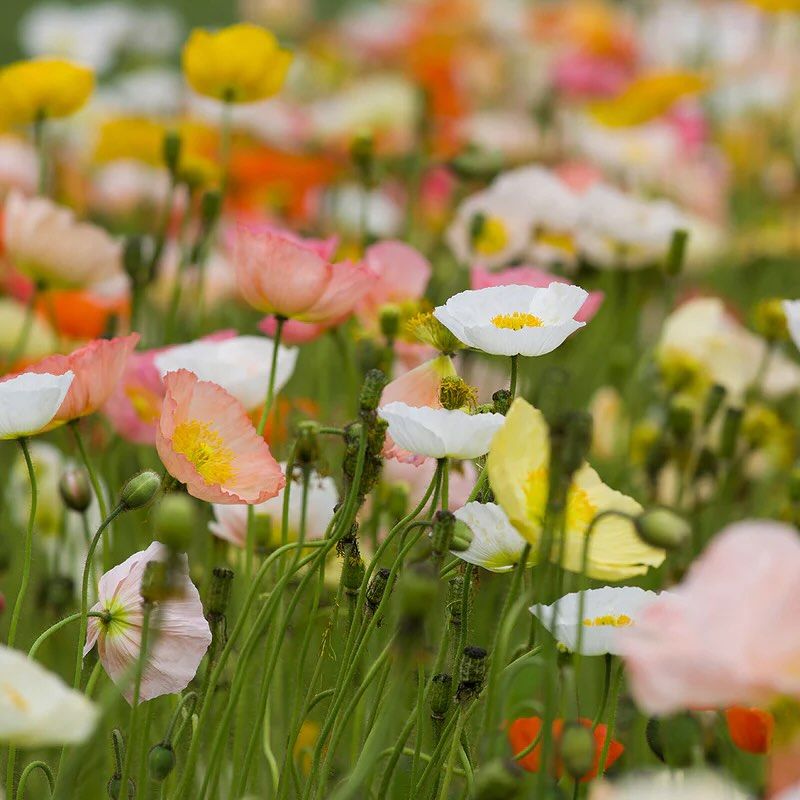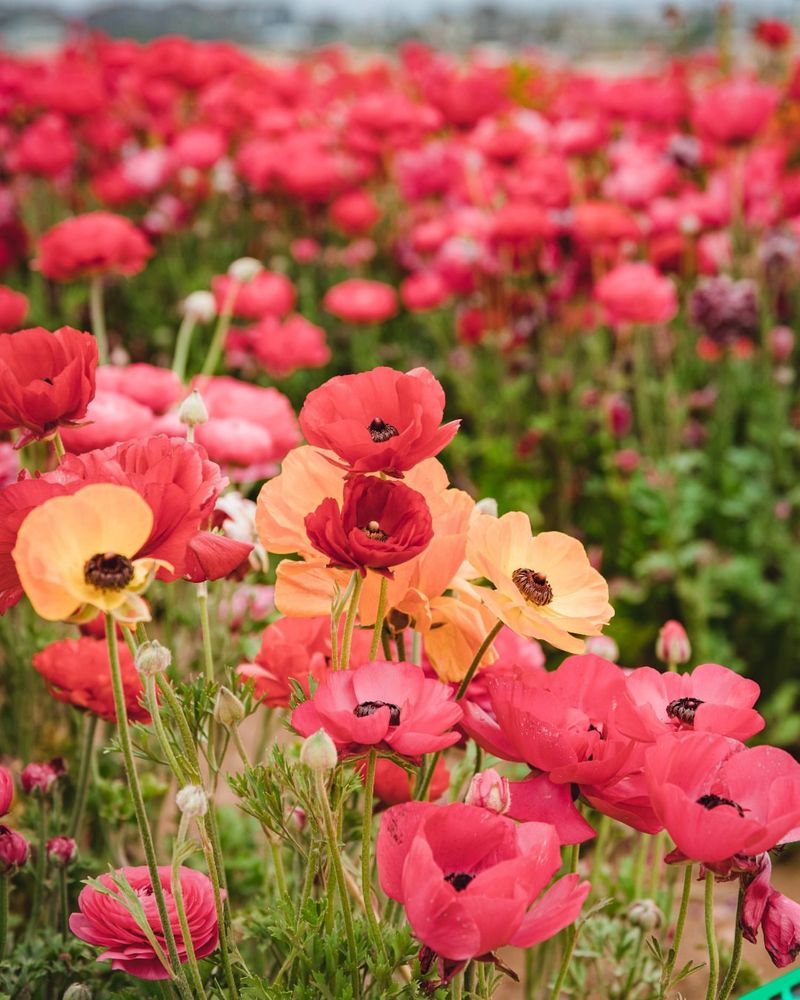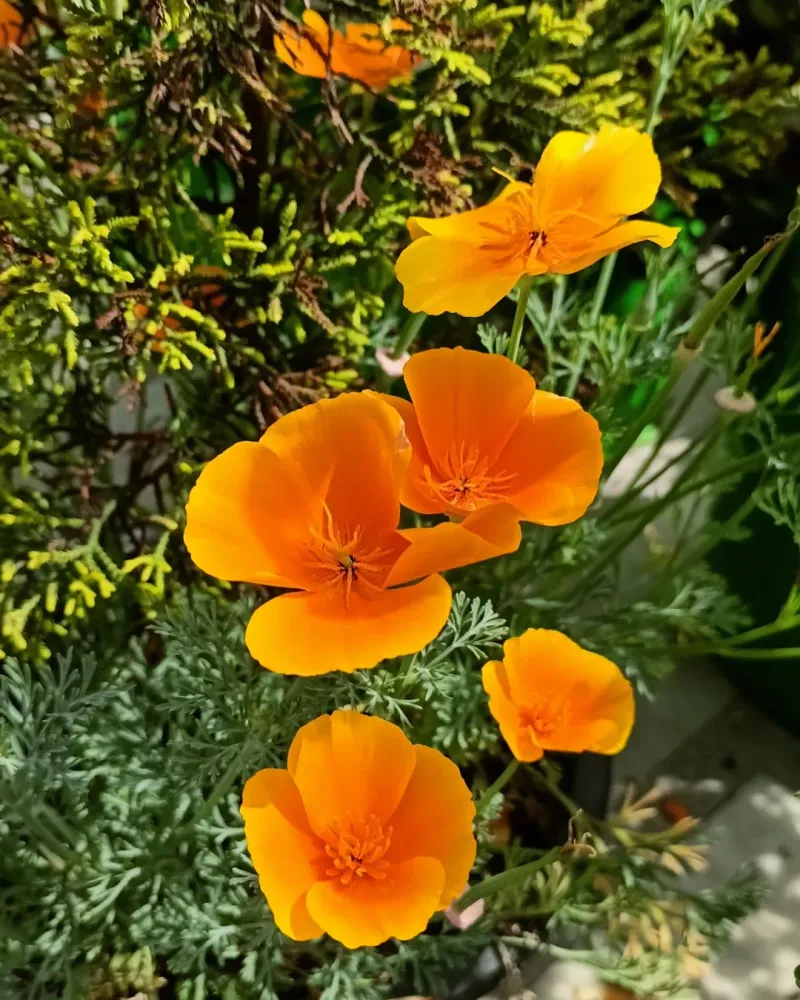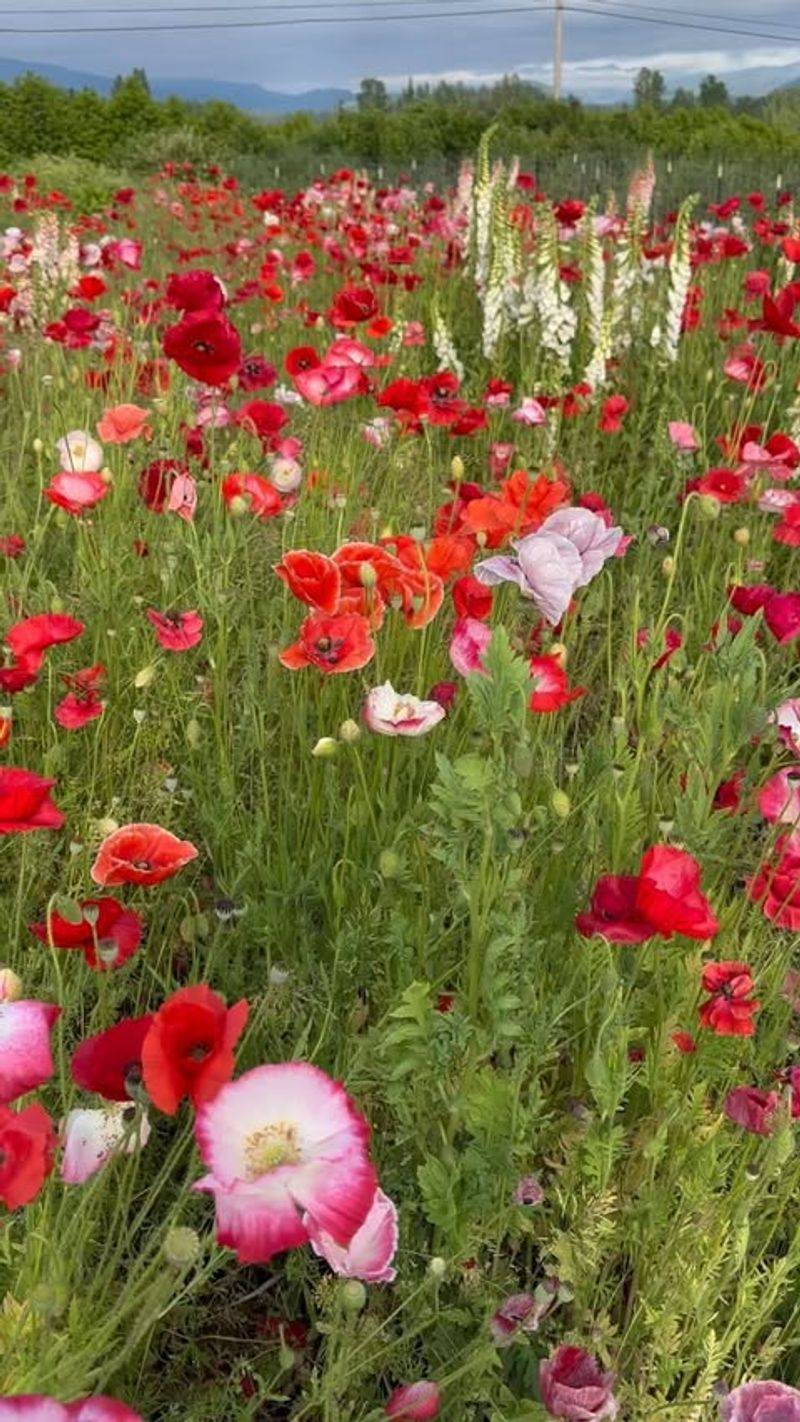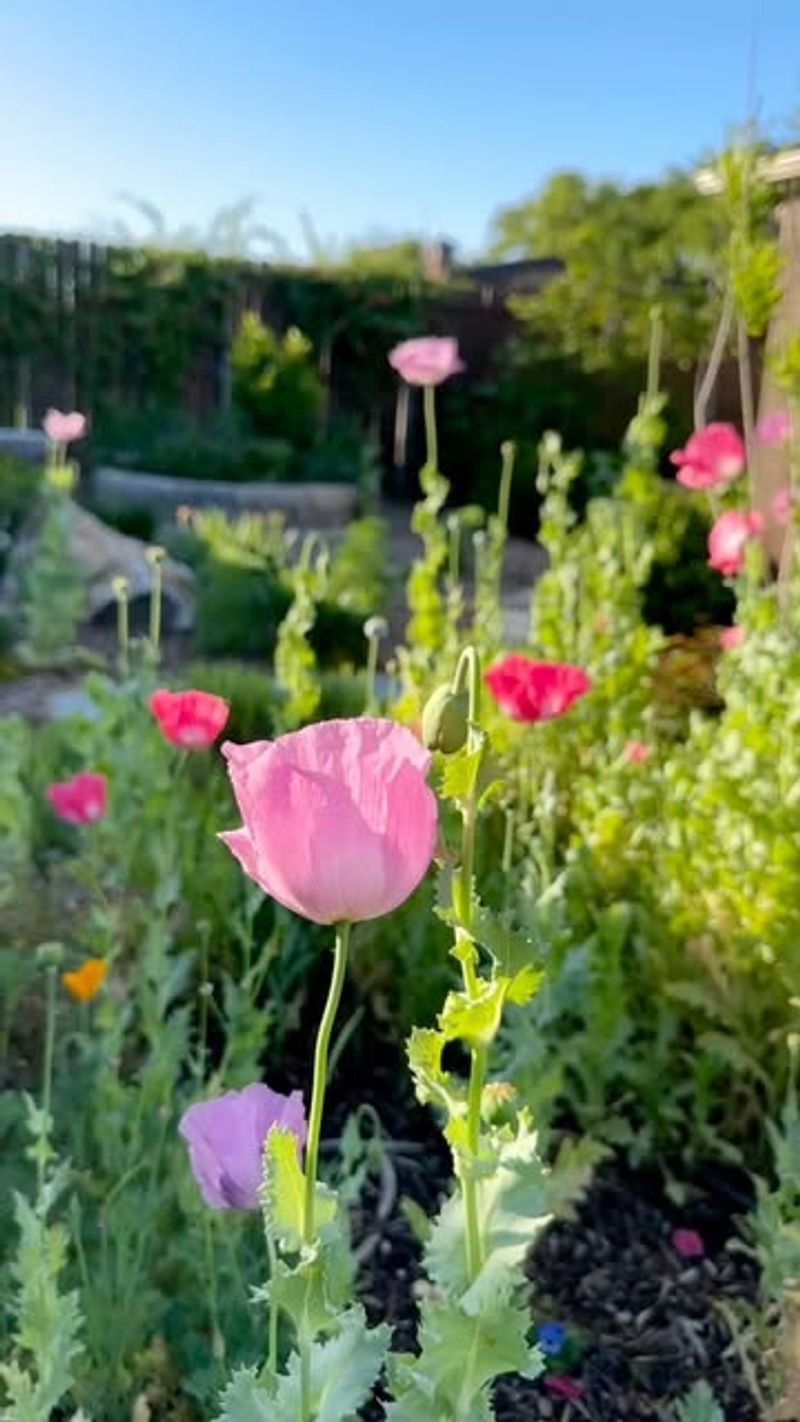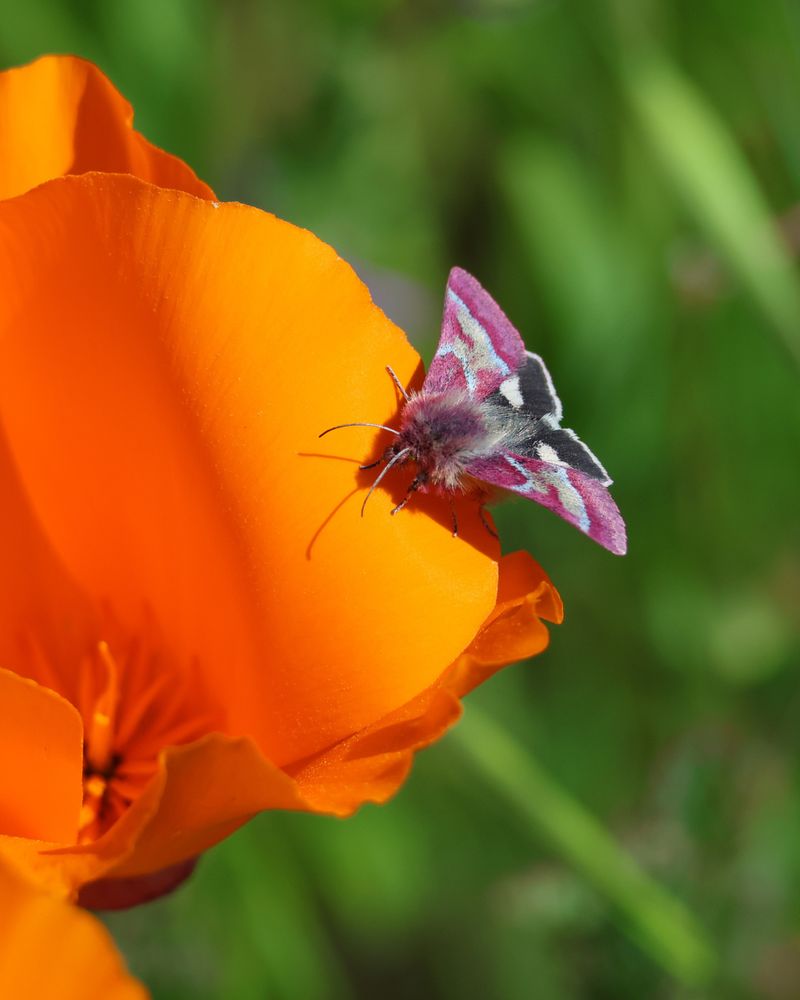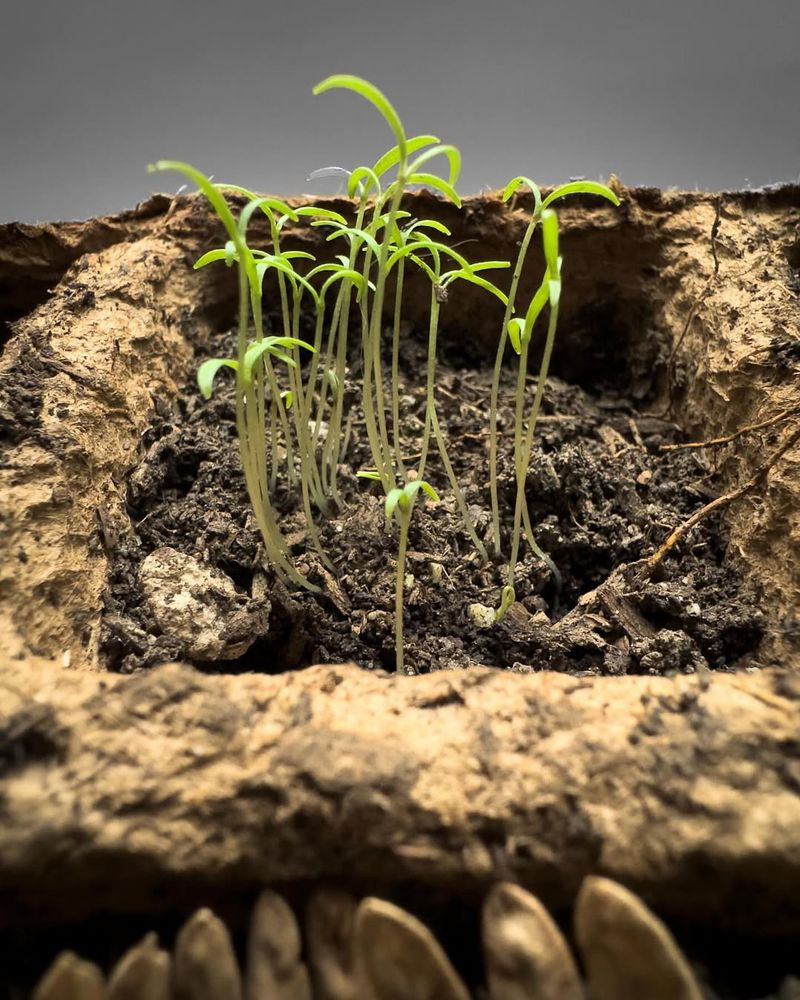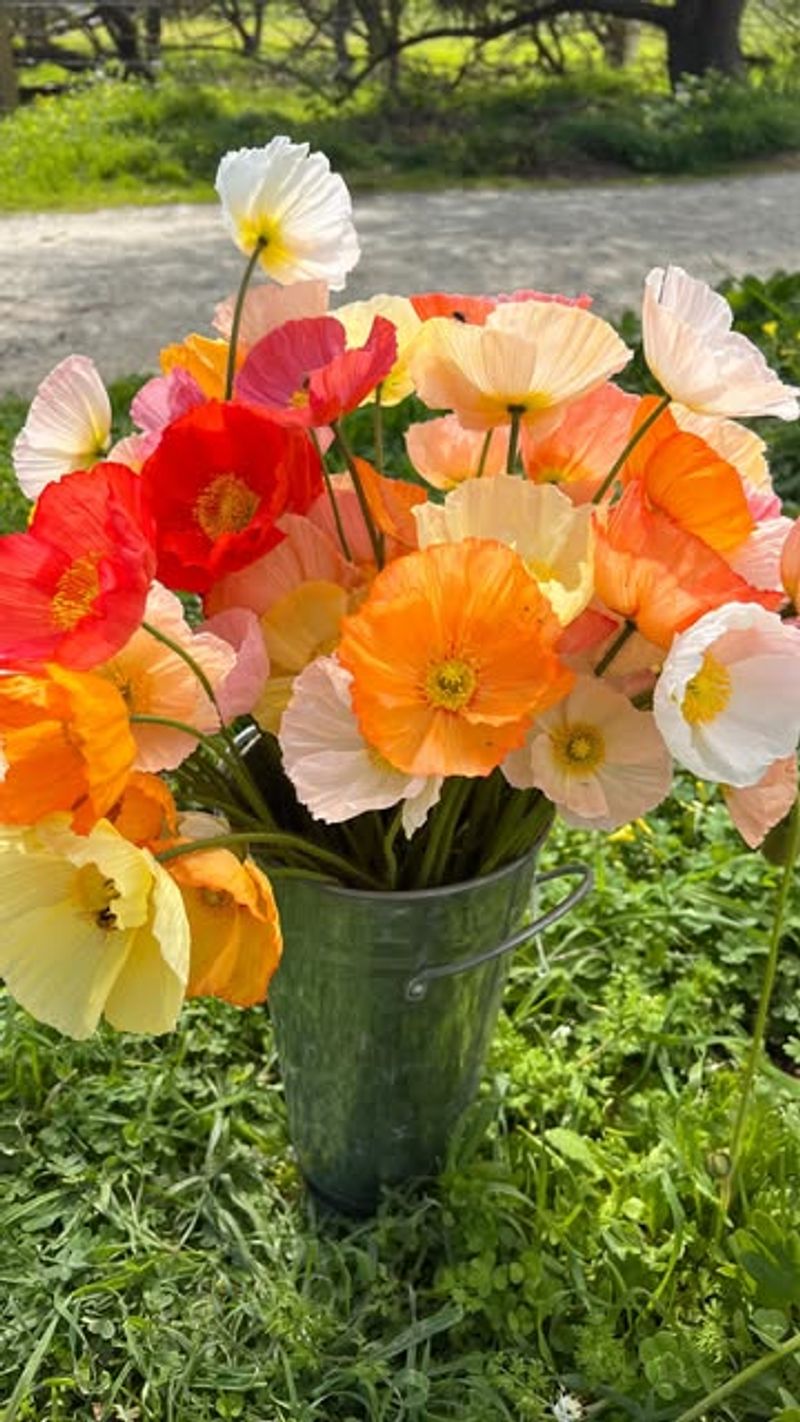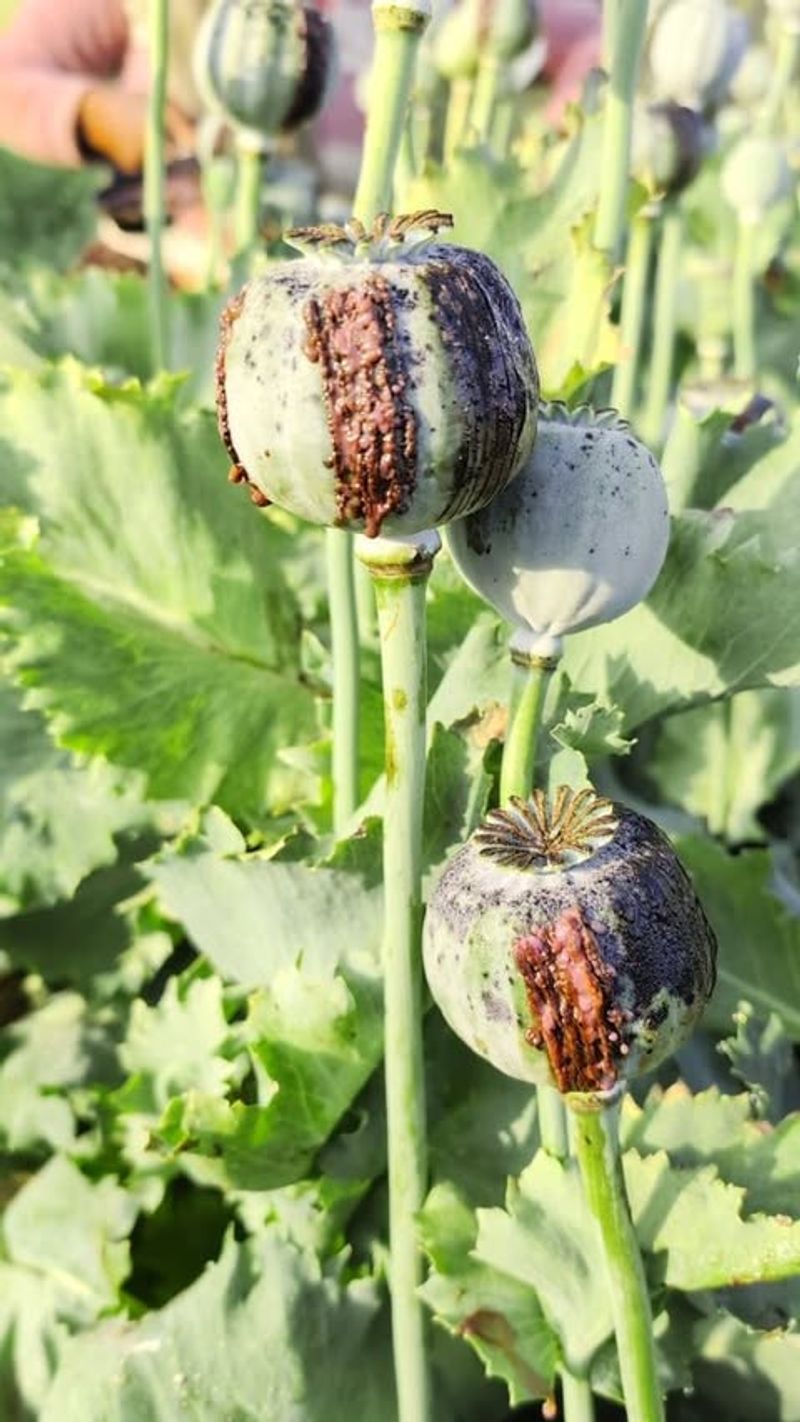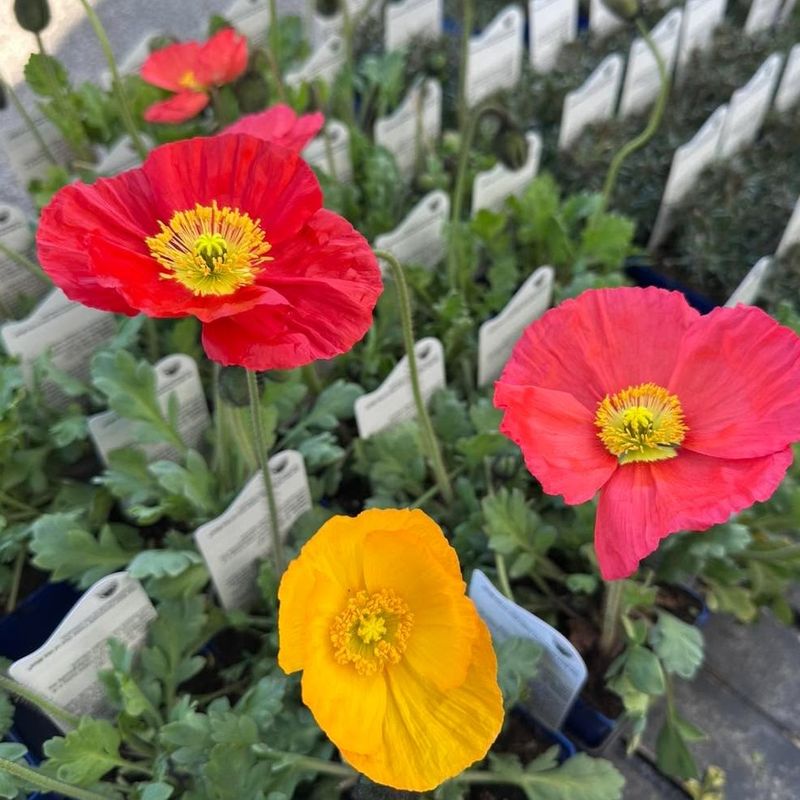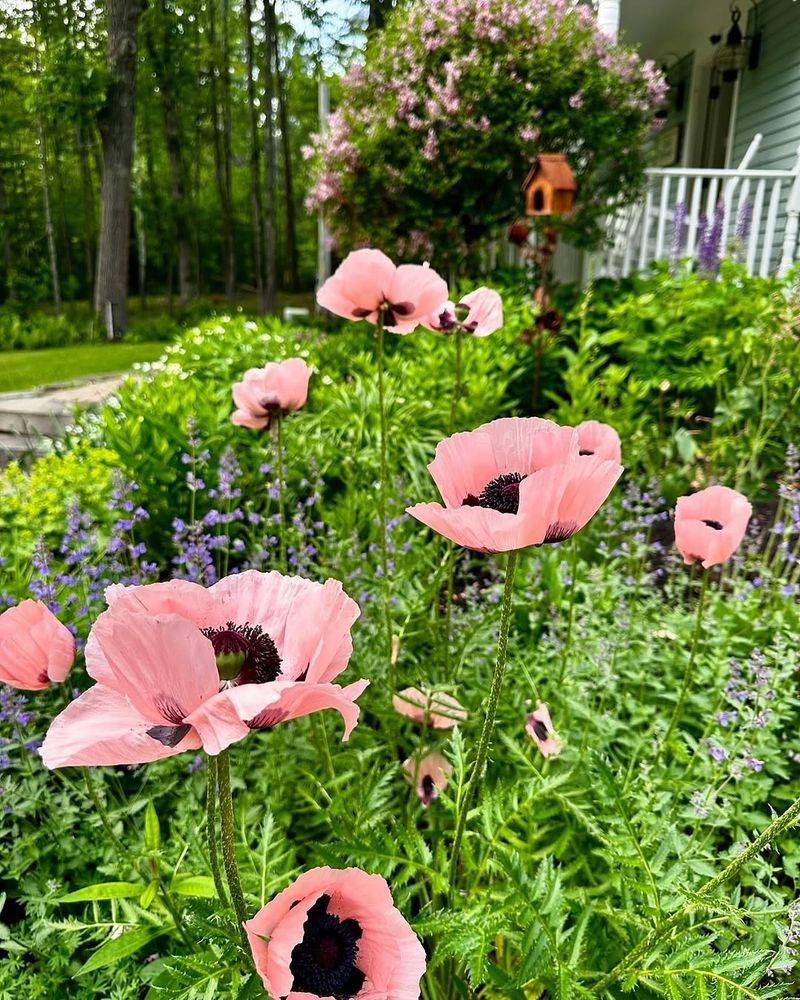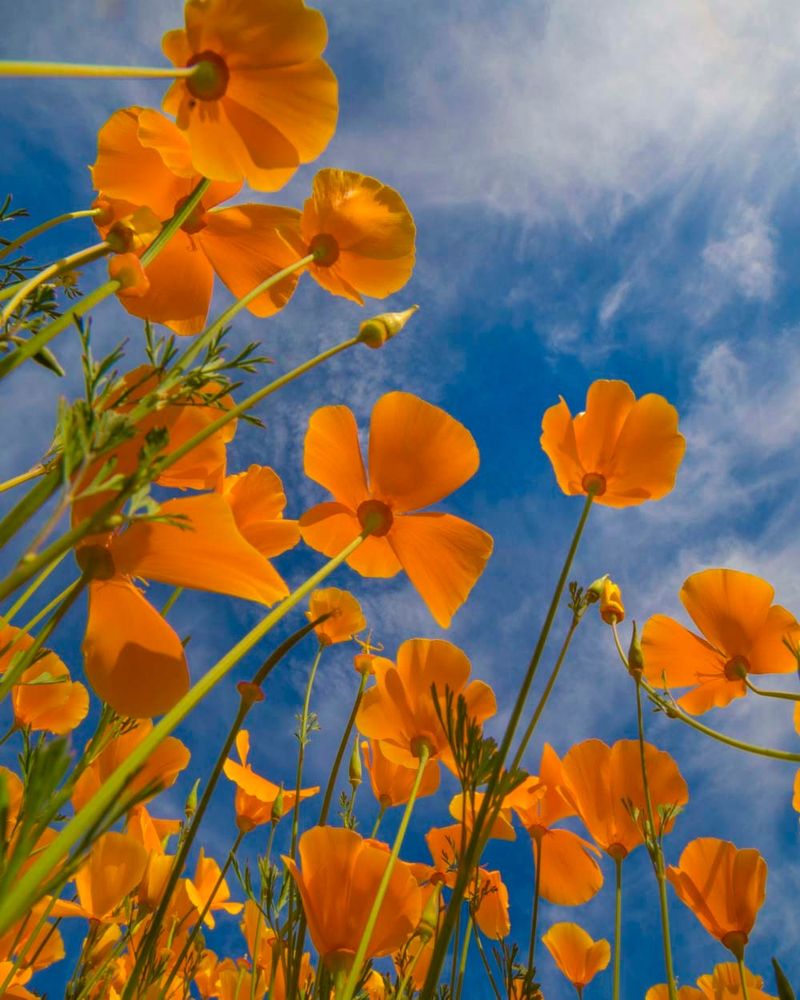Welcome to the vibrant world of poppy gardening! Growing poppies is like painting your garden with bright, cheerful colors. These delicate flowers not only bring beauty but also attract helpful pollinators to your garden. Whether you’re a beginner or a seasoned gardener, poppies can be a delightful addition to your outdoor space.
1. Select the Right Poppy Varieties
Consider the type of poppies that suit your climate. Oriental, Iceland, and California poppies each thrive in different conditions, bringing unique charm.
Their preference for specific climates makes choosing the right variety crucial. This ensures vibrant blooms that grace your garden with stunning colors. Experiment by planting a mix for visual delight.
2. Prepare Your Soil Well
Healthy soil is the foundation for strong poppies. Amend your garden bed with organic matter to improve texture and drainage. Poppies prefer well-drained soil, which prevents root rot.
This preparation helps in robust growth and full blooms. Regularly check soil quality, as it’s key to maintaining a luscious poppy garden.
3. Sunlight is Essential
Poppies love the sun! Plant them in an area where they’ll receive plenty of sunlight. This exposure ensures that they bloom brilliantly. Lack of sun can lead to less vibrant flowers and stunted growth.
Also, make sure the soil drains well—poppies don’t like wet feet and prefer slightly sandy or loamy soil to thrive. Ensuring your poppies get enough light is a simple yet vital step for a lively garden.
4. Water Wisely
Too much water can harm poppies. They thrive with regular but not excessive watering. Allow the soil to dry out between waterings to prevent over-saturation. This practice reduces the risk of diseases.
For even better results, water at the base of the plant in the morning to keep foliage dry and reduce fungal issues. Observing the plant’s needs and adjusting watering habits ensures healthy, happy poppies, dancing under the sun.
5. Space Your Plants
Crowded poppy plants struggle to thrive. Ensure each plant has ample space to breathe and grow. Proper spacing not only prevents competition for nutrients but also reduces disease risk.
If you’re starting from seed, thinning seedlings once they sprout helps avoid overcrowding early on and encourages stronger, healthier plants.
This simple step allows your poppies to flourish, creating a sea of vibrant colors that captivates and enchants all who see it.
6. Use Mulch for Moisture
Mulching around your poppies helps retain moisture and suppress weeds. It also maintains a steady soil temperature, crucial for healthy plant growth.
Choose organic mulch for the best results, as it adds nutrients to the soil. Just be sure to keep the mulch a few inches away from the base of the plants to prevent stem rot and promote airflow.
This protective layer is an easy way to keep your poppies thriving and vibrant.
7. Fertilize Lightly
Poppies don’t need heavy feeding. A light application of balanced fertilizer during the growing season works wonders.
Over-fertilizing can lead to lush foliage but fewer blooms. For the best results, opt for a slow-release fertilizer or dilute liquid feed to avoid overwhelming the plants.
8. Guard Against Pests
Pests can be a poppy’s worst enemy. Regular inspection helps catch problems early. Use natural solutions or encourage beneficial insects to manage pests.
Ladybugs, for instance, are great allies in the garden. Keeping pests at bay ensures your poppies grow strong and bloom brightly, creating a beautiful garden spectacle.
9. Seeds or Seedlings?
Choosing between seeds and seedlings depends on your patience and experience. Seeds are budget-friendly but take time to germinate.
Seedlings offer a quicker start. Consider your gardening goals and timeline. Each choice offers a rewarding experience, whether nurturing from seed or watching seedlings grow into vibrant blooms.
If you opt for seeds, starting them indoors a few weeks before the last frost can give your poppies a strong head start.
10. Deadhead for More Blooms
Encourage more blooms by deadheading spent flowers. This practice directs the plant’s energy towards producing more flowers rather than seeds. It’s a hands-on way to ensure a continuous display of poppy color.
Regular deadheading keeps your garden lively and full of fresh, vibrant flowers throughout the growing season.
11. Support Tall Varieties
Tall poppy varieties sometimes need extra support. Stakes or cages keep them upright, especially in windy areas. This support prevents damage and keeps them looking their best.
Providing a little structural help ensures that tall poppies stand proudly, showcasing their vibrant colors against the garden backdrop.
For a natural look, use bamboo stakes or discreet green ties that blend into the foliage while offering reliable support.
12. Watch for Diseases
Diseases can strike unexpectedly. Regularly check your poppies for any unusual spots or wilting. Early detection allows for prompt treatment and protection.
Understanding the common diseases that affect poppies helps in quick identification and action. A vigilant approach ensures your poppies remain healthy and full of life.
To minimize risk, avoid overhead watering and ensure good air circulation by spacing plants appropriately.
13. Understand Bloom Cycles
Poppies have unique bloom cycles. Knowing when and how they bloom helps in planning your garden layout.
Some poppies bloom early in the season, while others offer late color. Understanding these patterns allows you to enjoy continuous blooms. This knowledge transforms your garden into a consistent riot of color.
For the longest display, mix early-, mid-, and late-blooming varieties to keep your garden vibrant from spring through summer.
14. Collect Seeds for Next Season
Save seeds from your best blooms for next year. This practice is both economical and rewarding. Once the flowers fade, collect the seeds and store them in a cool, dry place. This ensures a vibrant display in the next growing season.
Seed collection is a simple way to continue the beauty year after year. Be sure to label your seed envelopes with the variety and date to keep your future planting organized and successful.
15. Choose the Right Companion Plants
Companion plants can enhance poppy growth. Lavender and marigolds, for instance, complement poppies well.
They not only add variety but also help deter pests. Choosing the right companions creates a balanced and visually pleasing garden.
This thoughtful planning ensures a healthy and colorful garden ecosystem. Avoid planting poppies too close to aggressive spreaders, as they can compete for nutrients and crowd out your blooms.
16. Embrace Natural Growth
Let poppies grow naturally wherever possible. Their ability to self-seed adds a wild charm to gardens. Allowing them to spread naturally can create delightful, unexpected color patches.
This approach reduces maintenance and adds a touch of nature’s design to your garden, bringing a sense of effortless beauty.
To guide their spread without losing control, leave a few seed pods to dry on the plant, then gently shake them over desired areas.
17. Enjoy the Blooming Beauty
Finally, take time to enjoy the beauty of your poppy garden. Relax amidst the vibrant colors and share the joy with friends and family.
A garden is not just plants but a place of happiness and creativity. Enjoying your garden’s beauty completes the gardening experience, rewarding your efforts with visual delight.
Consider adding a bench or cozy spot nearby so you can fully soak in the blooms and create lasting memories in your garden sanctuary.

